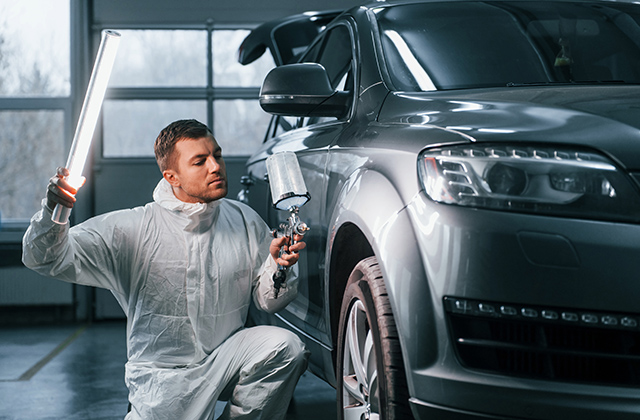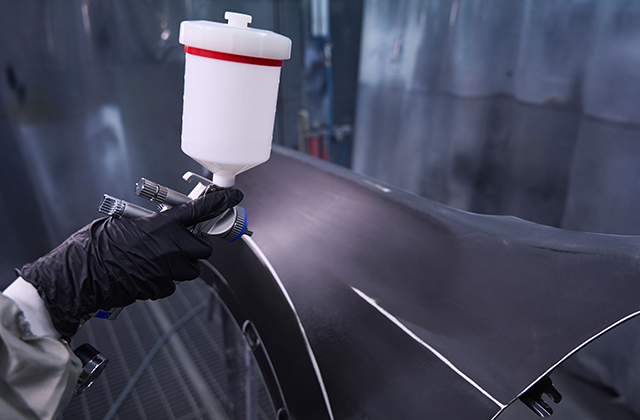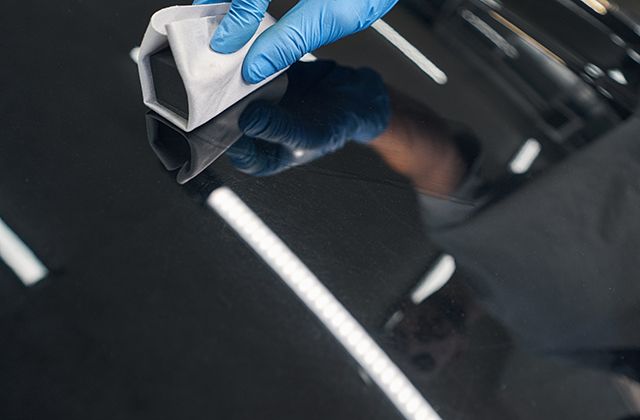Automotive enthusiasts know the pride and joy that comes with a gleaming, flawless car finish. Over time, however, even the most meticulously maintained vehicles can develop imperfections. This is so far the where best automotive paint correction comes into play. Paint correction is the process of restoring and rejuvenating the paintwork of a vehicle, primarily by removing surface imperfections that dull, oxidize, or otherwise degrade the finish. For those who love the satisfaction of a DIY project, mastering paint correction at home is not only possible but can also be incredibly rewarding.
Understanding Paint Imperfections
Before diving into the process, it’s essential to understand what types of imperfections you might encounter. Common issues include swirl marks, water spots, oxidation, light scratches, and etching from bird droppings or tree sap. These imperfections occur for various reasons, such as improper washing techniques, environmental factors, and general wear and tear. Identifying the type and severity of the imperfections on your vehicle’s paint will help you choose the right approach and products for correction.
Essential Tools and Products for DIY Paint Correction
To achieve a professional-grade finish at home, you’ll need the right tools and products. Here’s a basic list to get you started:
Tools:
- Dual Action Polisher: A DA polisher is user-friendly and effective for beginners. It reduces the risk of paint damage while providing excellent results.
- Polishing Pads: Different pads are required for various stages of correction. Foam pads are typically used for polishing and finishing, while microfiber pads are better for cutting through severe imperfections.
- Microfiber Towels: High-quality, lint-free microfiber towels are essential for wiping off polish residue and ensuring a clean finish.
- Inspection Light: A good inspection light helps you see imperfections clearly and track your progress.
- Detailing Clay Bar: Used to remove contaminants from the paint surface before polishing.
Products:
- Compound: A cutting compound is used to remove severe imperfections. It has more abrasive particles compared to polish.
- Polish: Polishing products are less abrasive than compounds and are used to refine the paint surface after compounding.
- Sealant or Wax: After correcting the paint, protect your work with a high-quality sealant or wax to enhance the shine and protect the finish.
Step-by-Step Guide to DIY Paint Correction
Step 1: Thorough Wash and Decontamination
Start by washing your car thoroughly to remove all dirt, grime, and loose contaminants. Use a high-quality car shampoo and wash mitt to avoid introducing new scratches. After washing, use a detailing clay bar with a lubricant to remove any remaining embedded contaminants. This step ensures a clean surface for the paint correction process.
Step 2: Inspect the Paint
Use an inspection light to examine the paint closely. Identify the types of imperfections and their locations. This inspection will guide you in selecting the appropriate pad and product combination for each area.
Step 3: Test Spot
Before tackling the entire vehicle, it’s wise to perform a test spot. Choose a small, inconspicuous area and test different combinations of pads and products. This step helps you determine the least aggressive method that achieves the desired results. Remember, the goal is to remove the least amount of paint necessary to correct the imperfections.
Step 4: Compounding
Attach the cutting pad to your DA polisher and apply a small amount of compound. Spread the compound evenly over a 2×2 foot section of the paint. Turn on the polisher at a low speed to spread the product, then increase the speed and use slow, overlapping passes. Keep the pad flat against the surface and avoid excessive pressure. After several passes, wipe off the residue with a microfiber towel and inspect the area. Repeat as necessary until the imperfections are removed.
Step 5: Polishing
Once the compounding stage is complete, switch to a polishing pad and apply the polish. Polishing refines the paint surface and enhances the gloss. Use the same technique as compounding, but with less aggressive products and pads. Wipe off the residue and inspect the surface. You should see a noticeable improvement in clarity and shine.
Step 6: Final Inspection and Touch-Ups
After polishing, thoroughly inspect the entire vehicle under different lighting conditions. Touch up any areas that need additional correction. Patience is key during this stage to ensure a uniform, flawless finish.
Step 7: Protecting the Finish
Once you’re satisfied with the correction, it’s time to protect your work. Apply a high-quality sealant or wax to the entire vehicle. This step not only enhances the shine but also provides a protective layer against environmental contaminants and UV rays. Follow the manufacturer’s instructions for application and curing times.
Step 8: Maintenance
Maintaining your newly corrected paint is crucial for preserving the results. Implement proper washing techniques, such as the two-bucket method and using a grit guard, to minimize the risk of introducing new scratches. Regularly apply a maintenance sealant or wax to keep the paint protected and looking its best.
Expert Tips for a Successful DIY Paint Correction
- Work in a Controlled Environment: If possible, work indoors or in a shaded area to avoid direct sunlight and contaminants.
- Stay Patient: Paint correction is a meticulous process that requires time and patience. Rushing can lead to mistakes and subpar results.
- Use Quality Products: Invest in high-quality pads, compounds, polishes, and protective products. Quality materials yield better results and are often easier to work with.
- Keep Pads Clean: Clean your pads regularly during the process to prevent product buildup and ensure consistent performance.
- Avoid Over-Polishing: Polishing removes a thin layer of clear coat. Excessive polishing can damage the paint, so only correct as much as necessary.
- Educate Yourself: There are numerous online resources, forums, and tutorials available for learning about automotive paint correction. Take advantage of these to build your knowledge and confidence.
Conclusion
Mastering DIY paint correction at home is an achievable goal with the right tools, products, and techniques. By understanding the types of paint imperfections, using high-quality materials, and following a methodical process, you can restore your vehicle’s paint to a stunning, flawless finish. Not only will this enhance the aesthetic appeal of your car, but it will also provide a deep sense of satisfaction and pride in your work. With patience and practice, you’ll become proficient in the art of automotive paint correction, enjoying the rewards of a showroom-worthy finish on your cherished vehicle. Check my source of paint correction company who provides realistic approach.


